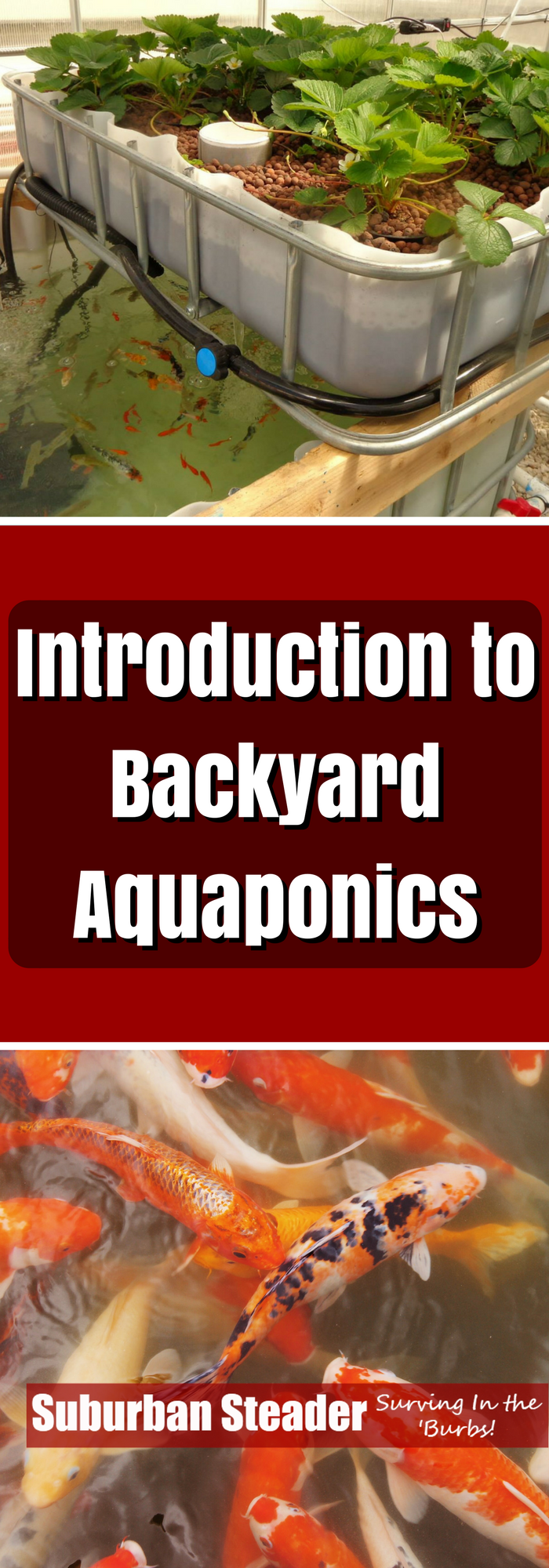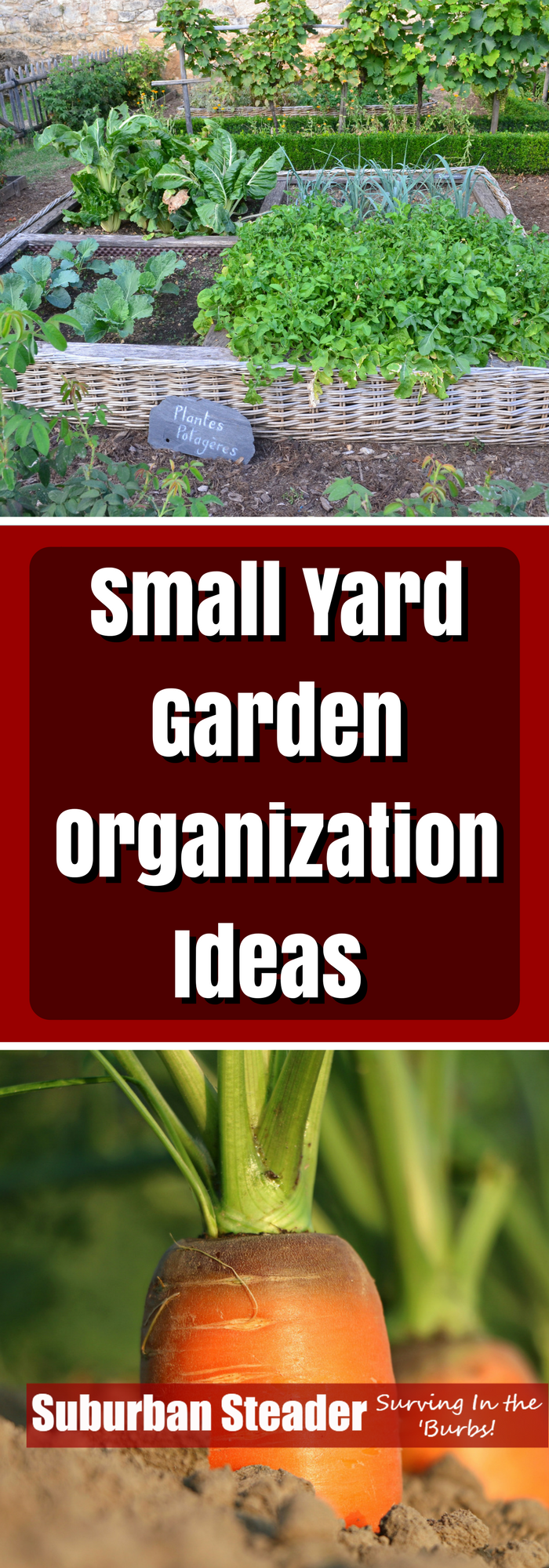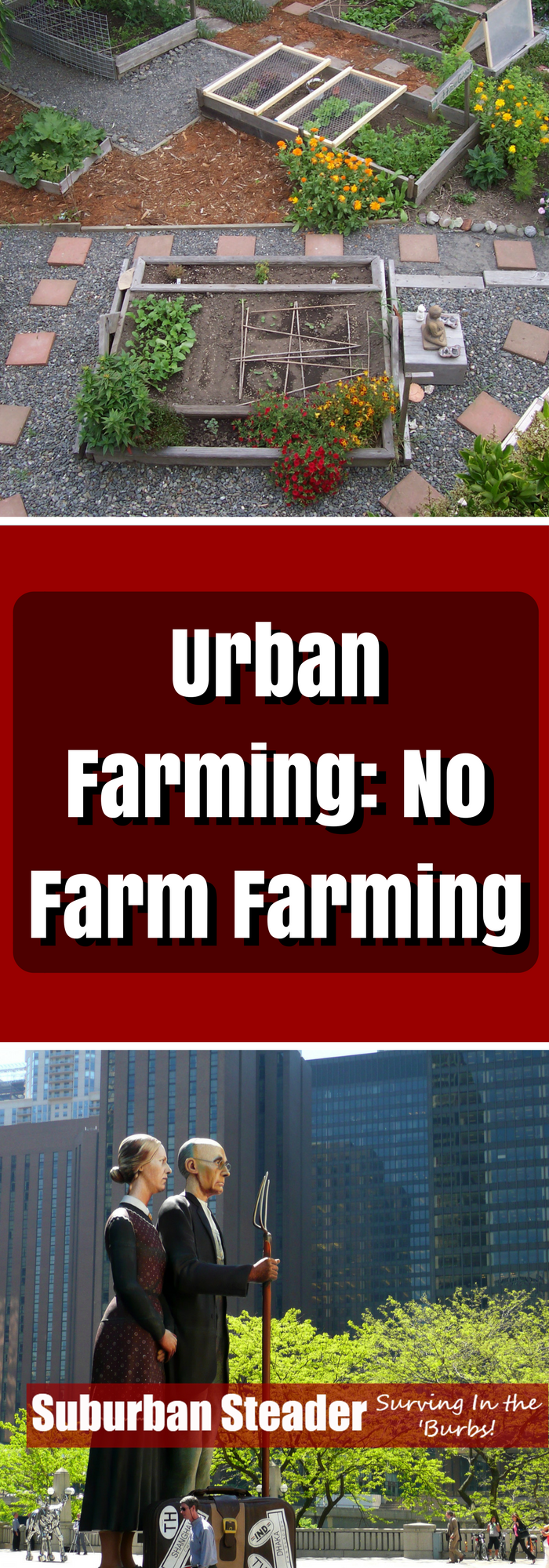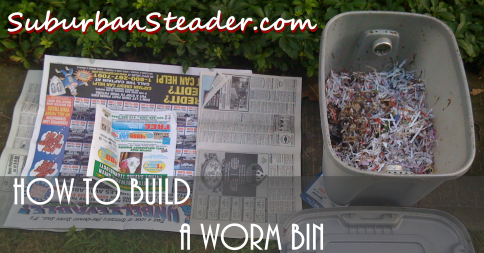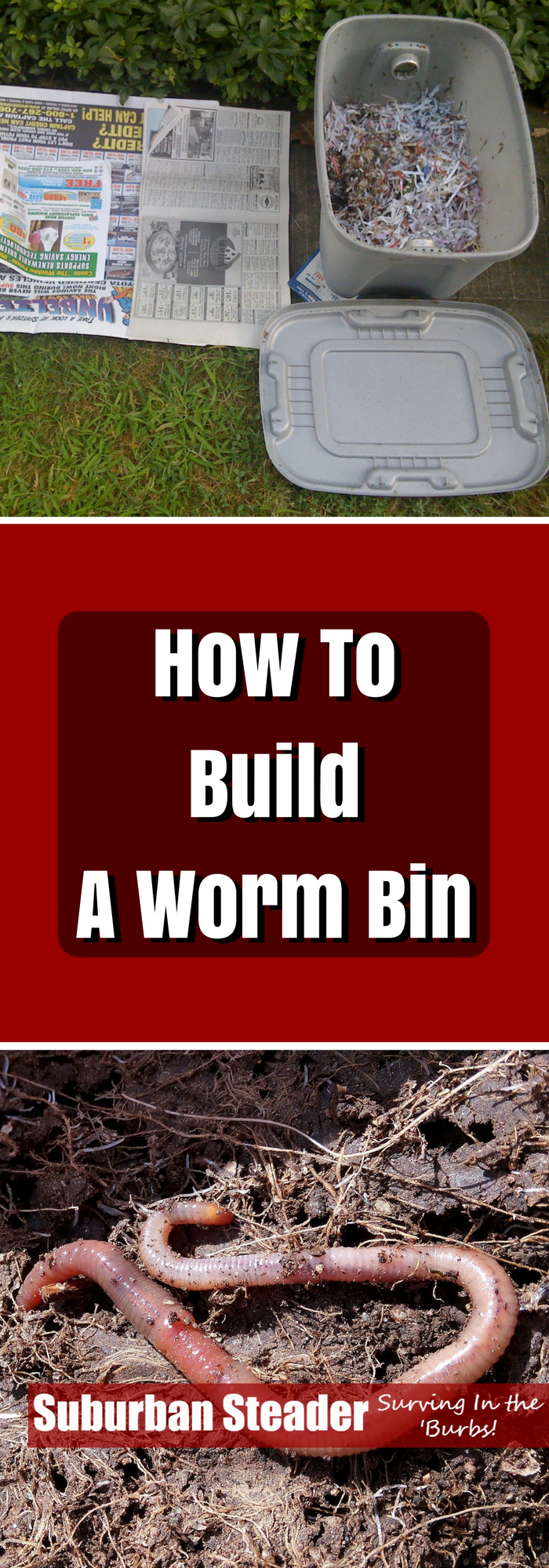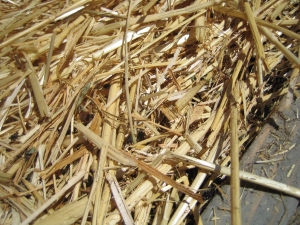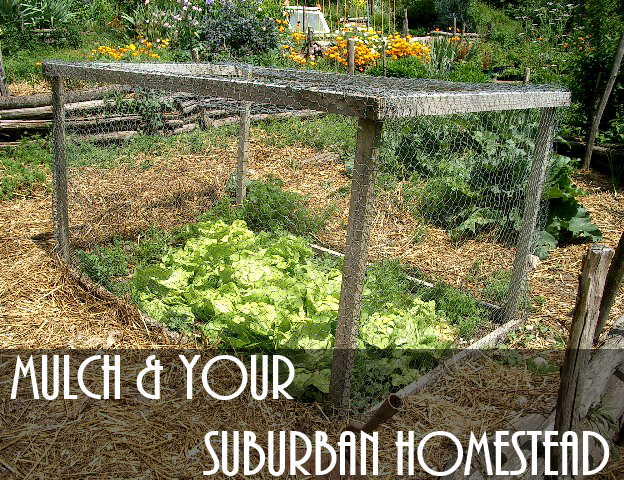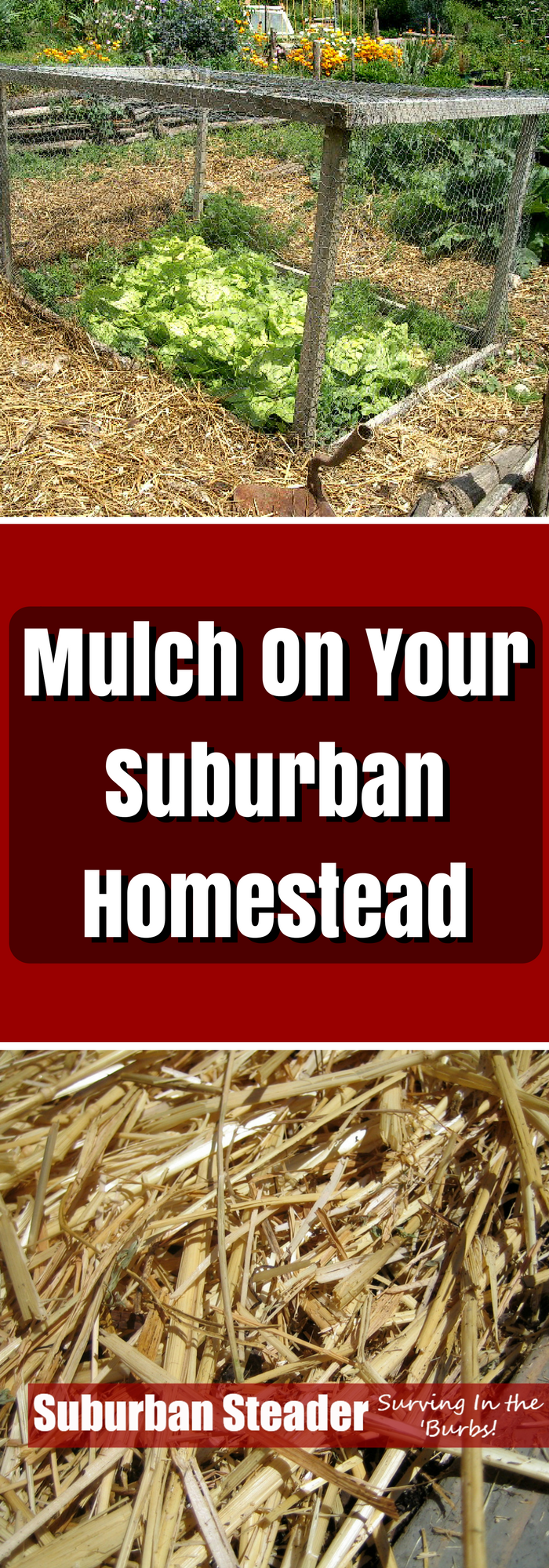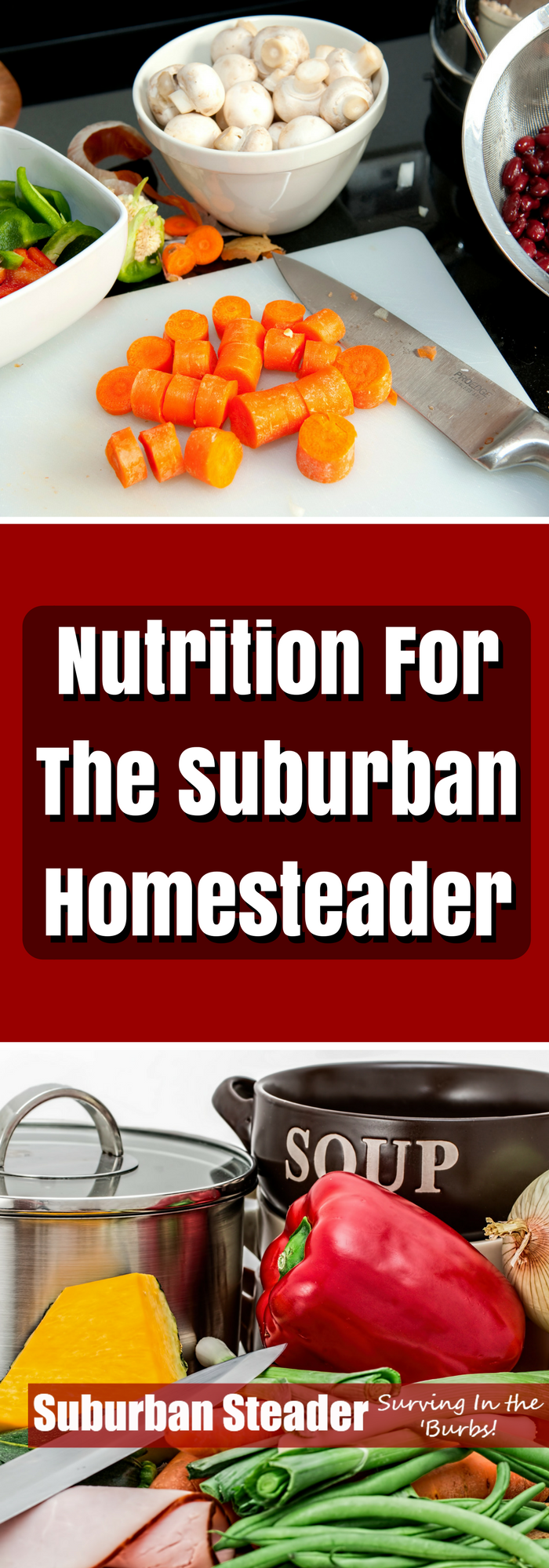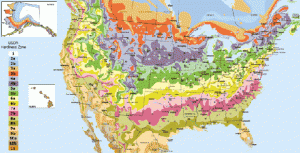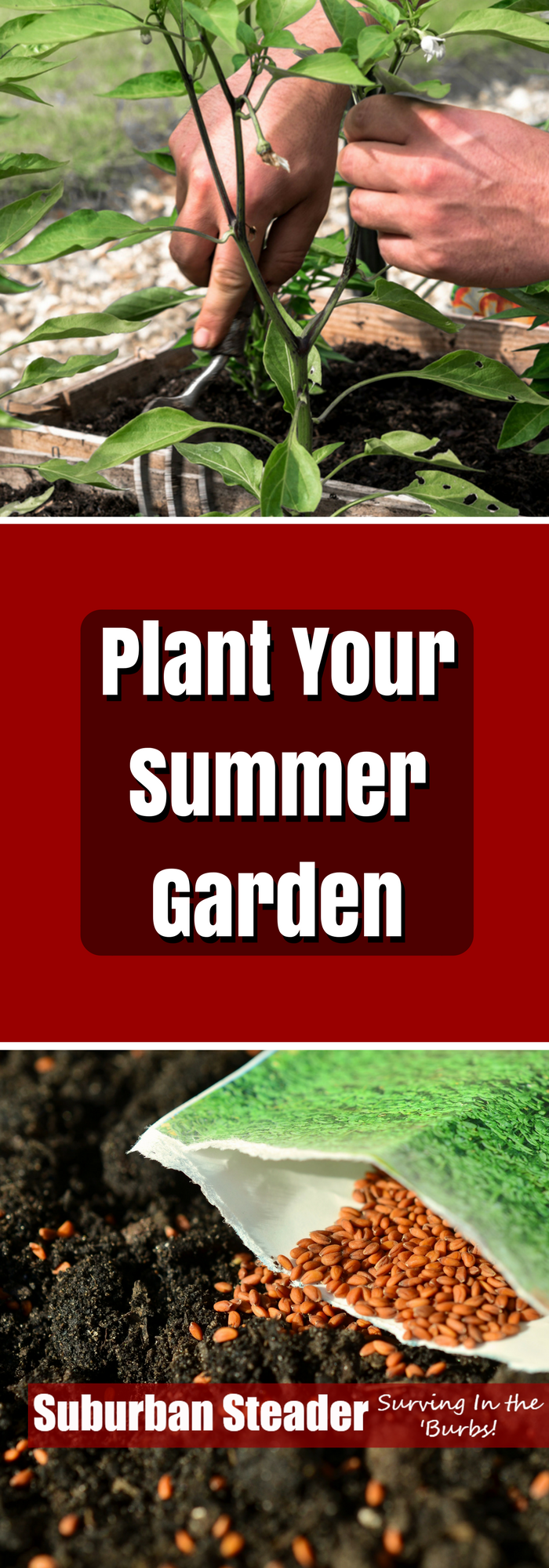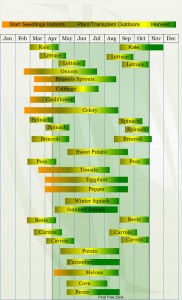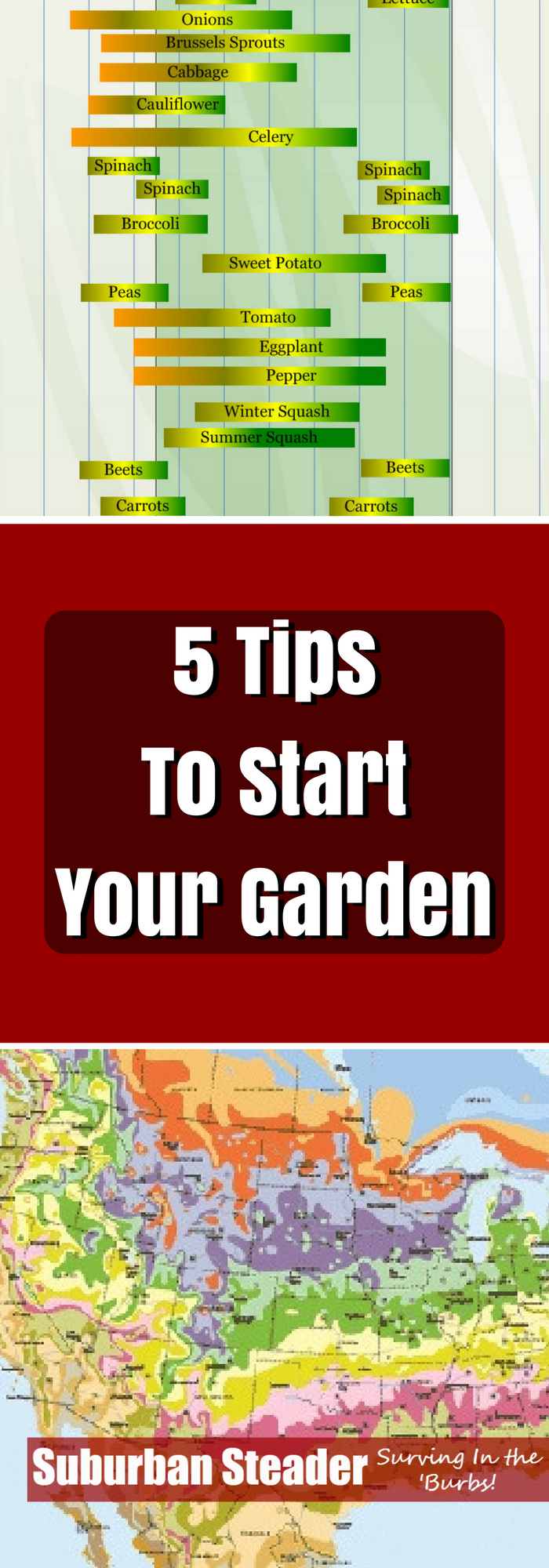Introduction To Backyard Aquaponics
The ability to grow plants and raise fish organically without the use of pesticides or fertilizers is accomplished through a method called aquaponics. This system of growing plants and raising fish without the use of soil was discovered by researchers from the University of Virgin Islands while looking for ways through which you can grow plants organically. And, with just a little sweat equity and a few dollars, you too can have a backyard aquaponics system working for you!
How Does It Work?
Basically, aquaponics works in a win-win situation. What happens is that it combines the traditional aquaculture with hydroponics. In aquaponics, plants feed on the effluents released by aquatic animals. Those plants, in turn, purify water to keep the fish more comfortable.

Between 2006 and 2007, this technique was widely adopted and is now commercially used on many farms to grow plants organically. According to some farmers, aquaponics grows plants 50%-100% faster as compared to inorganic farming. With just a small amount of space, you’re able to deliver ten times more as compared to older methods.
What Is Aquaponics?
Aquaponics is essentially the combination of aquaculture (raising fish) and hydroponics (growing plants). This process takes advantage of the aquatic affluent (fish waste) deposited in water to provide essential nutrients to your plants. When the water is affluent rich, it becomes toxic to the aquatic animals. During this stage, plants absorb and use the nutrients eliminating the high water toxicity for your fish to survive.
 There are so many benefits you’ll enjoy when you make a backyard aquaponic system. Unlike a fish pond where you’ll have to exchange water every now and then, an aquaponic system relies on the relationship between plants and aquatic animals. Freshwater fish release ammonia which is converted to nitrite by a nitrifying bacterium called Nitrosomonas. Another nitrifying bacterium called Nitrobacter converts the nitrite to nitrate which is used by the plants to freshen the water for the fish. This process of converting ammonia to nitrite then to nitrate is referred to as “the nitrogen cycle.”
There are so many benefits you’ll enjoy when you make a backyard aquaponic system. Unlike a fish pond where you’ll have to exchange water every now and then, an aquaponic system relies on the relationship between plants and aquatic animals. Freshwater fish release ammonia which is converted to nitrite by a nitrifying bacterium called Nitrosomonas. Another nitrifying bacterium called Nitrobacter converts the nitrite to nitrate which is used by the plants to freshen the water for the fish. This process of converting ammonia to nitrite then to nitrate is referred to as “the nitrogen cycle.”
Types of Aquaponic Systems
There are three major types of Aquaponic systems:
Media Filled Beds
This method is the simplest and is commonly used in most backyard aquaponics systems. It involves filling containers with medium and small clay pebbles then planting seedlings directly into the media.
Fish tank water is then pumped over the media to allow the plants to feed on the excess nutrients. The medium clay pebbles act as biological filters where they help to eliminate toxins giving your fish fresh and clean water in the long run.
There are two major ways which this Aquaponics system can be operated: continuous water flow method and the flood and drain (also known as ebb and flow) method.
Nutrient Film Technique
This method involves pumping nutrient-rich fish water through PVC pipes. Plants are grown inside cups with small holes at the bottom to allow the roots to reach the water in the PVC gutters.
It’s important to understand that this method is only suitable for leafy green plants with small root systems and not larger plants with bigger, invasive roots.
Deep Water Culture
This method is commonly used in both commercial and backyard aquaponics systems because it’s relatively cheaper to setup and operate. This method uses a foam “raft” which floats on top of the water. Plants are held in holes made in the raft in a way that the roots dangle into the water. For perfect results, fish water can either be pumped on the floating racks or the racks can be placed directly on the fish water.
Benefits of a Backyard Aquaponics System
Setting up a backyard aquaponics system in your garden comes with lots of benefits such as environmental improvement, better health, and higher quality nutrition. This section will review some of the essential benefits which farmers can expect to enjoy.
Saves Space
Unlike other gardening methods, aquaponics system allows you to plant your seedlings close together thus saving on space. Since this method involves submerging plant roots in nutrient-rich water, there is less overcrowding which helps you save on space as compared to other gardening techniques.
No Weeding
Another benefit of backyard aquaponics system is that you don’t have to weed anymore. This method doesn’t encourage the growth of weeds since there is no soil involved. Farmers are able to enjoy the freedom of growing plants at home without weeding.
No Soil Pests
Since Aquaponics doesn’t rely on soil, farmers are relieved the burden of using pesticides to eliminate soil pests. Pesticides destroy the plant slowly over time due to toxins absorbed by the plant.
Plants Grow Faster
Backyard aquaponics system allows plants to access nutrients for 24 hours each day making them grow faster. According to research, vegetables such as lettuce have been proven to grow twice as fast as compared to when planted normally on the soil.
Making Your Own Backyard Aquaponics System

There are many ways through which you can make your own backyard aquaponics system. Regardless of the method you choose, always ensure that your system is able to grow plants in a way that confers most of the environmental benefits such as low environmental impacts and water efficiency.
Without wasting time, we will go through a step by step program on how to make a Flood and Drain system.
Flood and drain system
Necessary Equipment and Material
- ~50-gal Fish Tank
- Tank Cover
- Gravel / Grow Bed Fill
- Pipes & Fittings (as required)
- Timer
- A Grow Bed (roughly 6 – 8-ft3 and 12-in deep)
- Water Pump
- Plants
- Fish
Build Process
- Place your fish tank on a flat surface away from direct sun to reduce algae growth.
- Place the pump and feed pipe in the fish tank.
- Place the grow bed near the fish tank. Fill it with gravel and make sure it’s close to the fill pipe. Also, make sure the drain pipe from the grow bed feeds directly into the fish tank.
- Install the timer on the pump and set it to cycle for 15min on, 45 min off.
- Join the pipes and the pump together to connect the fish tank with the grow bed. Also, remember to connect the overflow drain in the grow bed to remove water.
- Plant your seedlings into the grow bed and place your fish inside the fish tank.
- Test your fish water to determine the level of Ammonium, nitrite, and nitrate. If you notice that the pH level is high or low, you can adjust it accordingly to keep the water neutral.
- Turn on the pump to start the cycling process. This involves circulating nutrient-rich water from the fish tank to the grow bed then back to the tank again. After a few days, you’ll notice that your seedlings are growing; a milestone which reveals that your aquaponics system was successfully established.
Conclusion
In summary, there are tons of benefits which farmers enjoy once they set up a backyard aquaponics system. The system is cost efficient and makes backyard gardening more productive and economical. According to research, aquaponic systems use about 1/10th the amount of water used when farming on the ground. This technique helps you produce a tremendous amount of fish and vegetables within a short time in a small area.
